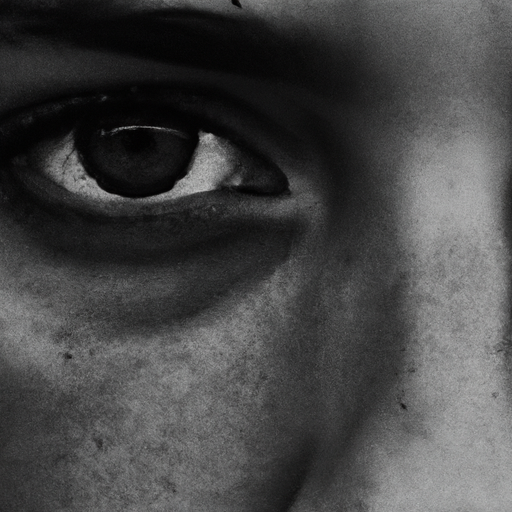A Focused Look: How Opioid Crisis and New Bail Legislation Impacts Indigenous Women in Canada
I came across a thought-provoking article on APTN News today that offers a fresh perspective on the widespread opioid crisis in Canada. The article spotlights the connection between the opioid epidemic, Canada’s new bail legislation, and their impact on Indigenous women—an angle that is often overlooked in mainstream media. In this blog post, we delve deeper into these issues.
The Opioid Crisis and Its Effects
The ongoing opioid crisis has been a daunting problem for Canada. It’s caused a schism, triggering a surge in homelessness, crime rates, and an alarming number of overdose casualties. Naloxone, an opioid antagonist used for the complete or partial reversal of opioid overdose, including respiratory depression, has become a vital life-saving tool in the fight against the opioid epidemic, but its availability is just a band-aid to a much larger problem.
Indigenous Peoples and the Opioid Crisis
Indigenous women are getting disproportionately hit by this crisis. A perfect storm of factors like social exclusion, multi-generational trauma, and systemic racism increases their vulnerability to the opioid epidemic. These factors not only predispose Indigenous women to substance misuse but also hinder their access to recovery resources.
New Bail Legislation – A Double Edged Sword
Recently, new bail legislation aimed at curbing the opioid crisis-related crimes has come into force in Canada. However, First Nations Lawyer, Christina Gray, argues that this legislation unfairly targets Indigenous women. She states that under the new law, anyone charged with drug trafficking or possession for the purpose of trafficking will not be granted bail if they have a previous conviction for a similar offence.
This legislation may contribute to reducing opioid availability on the streets, but in doing so, it disproportionately impacts vulnerable populations, particularly Indigenous women. These women, often living in survival mode amidst precarious circumstances, may engage in drug-related activities under duress, coercion, or out of sheer desperation.
Key Points to Consider:
- The opioid crisis is a sweeping issue in Canada, causing surge in homelessness and crime rates, and overdose incidents.
- Indigenous women, influenced by factors like societal exclusion, generational trauma, and systemic racism, bear a disproportionate burden of the opioid crisis.
- The new bail legislation, aimed at reducing opioid-related crimes, may in fact unfairly target vulnerable communities, particularly Indigenous women.
- Lawyers like Christina Gray advocate for a more nuanced understanding of the societal context influencing these drug-related crimes.
In addressing the opioid crisis, it is essential that we consider these nuanced interactions and their ramifications. Broader systemic issues at play, like poverty, homelessness, and racial inequality, need to be addressed. Christina Gray shines light on the need for political will to thoroughly review these policies and adapt them until they are just for all communities.
Stepping Forward
While naloxone and similar measures provide immediate symptomatic relief, tackling the root cause of the opioid crisis calls for comprehensive action involving improved social securities, access to health facilities, decriminalization efforts, and addressing systemic racism.
Concluding Thoughts
In conclusion, as we battle the complex and multi-faceted opioid crisis, it’s crucial to ensure that our strategies do not inadvertently marginalize the most vulnerable amongst us. Indigenous women, already disproportionately affected by the opioid crisis, must not bear the brunt of laws meant to protect society. Addressing this balance must become a priority in the fight against the opioid crisis. Let’s hope that this discussion continues and contributes to a more comprehensive, fair, and effective approach in the future.


